Discover the origins, grades, and health benefits of this amazing green tea.
Learn how to prepare the perfect cup of matcha and find the best quality options.
Whether you’re a matcha enthusiast or new to the game, this matcha guide will take you on a matcha-filled adventure like no other.
So grab your whisk and let’s get started!
Introduction to Matcha Green Tea
As a chef from Japan, I’ve come to realize how much the joy of matcha has extended beyond Japan. Today, folks from around the globe are inviting matcha into their homes to experience the dynamic, rich flavor it brings.
But what actually is this matcha we’re talking about? Well, my fellow tea enthusiasts, matcha is a specially cultivated variety of green
Our amazing journey with matcha begins with its production. Unlike other green teas, matcha plants are covered for about 20–30 days before harvest.
This vital step enhances the color and enriches the flavor, enabling matcha to stand out. Once the
Voilà, behold the vivid hue of matcha green

The Origin and History
Before we dive into anything else, let’s take a moment to explore the origin and history of matcha.
Believed to have originated in China during the Tang Dynasty, it wasn’t until matcha reached the shores of Japan that it truly began to flourish. The Japanese monks brought matcha back from their travels, and it swiftly became a vital part of the Japanese culture and ceremonial practices.
Matcha, derived from the Camellia Sinensis leaf, is a staple in Japanese households even today. It’s known for its unique preparation process, where the leaves are shade-grown for several weeks before harvest. This method of cultivation boosts the leaf’s chlorophyll levels, giving matcha its vibrant green colour and making it a natural detoxifier.
In Japan, the matcha experience is more than just brewing and drinking
Through the years, the popularity of matcha has spread like wildfire beyond the borders of Japan. Its distinct earthy flavor, host of health benefits, and intrinsic connection to Japanese culture have made it beloved to people around the world.
From trendy cafes in urban cities to traditional homes in rural areas, it’s hard to find a place untouched by the influence of matcha.
Whether you’re drinking matcha in Japan or savoring a cup in your living room, savor and remember it’s rich origins and the legacy it carries within each vibrant green leaf.
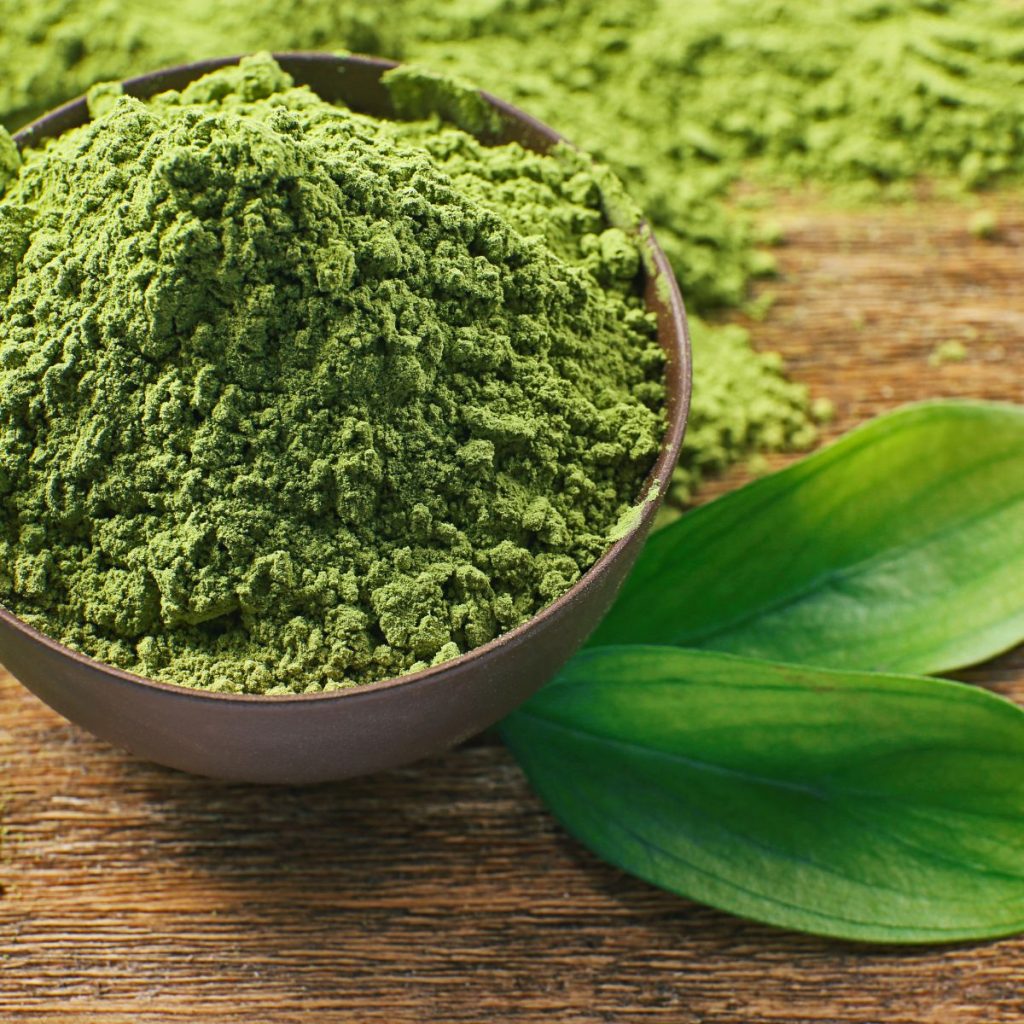
Finding and Identifying Quality Matcha
So, you’re ready to buy some matcha, but not just any product will do. We’re on a quest to find quality matcha, matcha that hits the mark in all the right ways.
Now, let’s talk a fair bit about quality. True quality is a way of life in Japan, it’s in our craft, our cuisine and most importantly, in our matcha. It’s a high standard we hold steadfastly.
Not surprisingly, when it comes to picking quality matcha, there are indicators to look for and rules to abide by. Japan is famous for its matcha products – their delicacy, their purity. But how can you identify the best?
The color of the matcha is a good start, vibrant green being the benchmark for superior quality. Then, there’s the taste. It should have a perfect balance, subtly sweet with just the right touch of bitterness.
You might be curious about where to buy quality matcha. Companies that originate in Japan and have been in the business for generations are the ones to trust.
They know the way around quality matcha – they’ve lived it, perfected it. So the next time you buy, remember, quality should be the first thing you should look for. With the right product, you’ll not just taste but truly experience the matcha in a unique, memorable way.

What Is the Best Matcha Powder: A Taste Guide
If you’re really into matcha, discovering the best matcha powder is crucial. You know, like finding the perfect jeans or discovering your favourite sushi spot. But, the question is, what makes one matcha powder better than the other? It’s the taste, my friend!
There are many factors to consider when determining the right matcha for you, and taste plays a huge role. Unlike processed teas, the unique process of cultivating matcha results in a powder that’s rich in nutrients and has a rich, vibrant green colour.
The taste? Nothing short of a savoury-sweet balance that reminds you of freshly cut grass with a hint of astringency. Rest assured, with the right matcha, this astringency doesn’t overpower the taste, instead, it accentuates it.
Remember, not all matcha green
Sometimes you’ll need to sample a few to find your matcha soulmate. Yes, it’s a personal journey, but the complex balance of umami flavor and subtle sweetness found in matcha, unlike any other
In our quest of finding the best matcha, consistency in taste should be a factor. No one wants a matcha that changes taste from batch to batch.
Say you’ve found a matcha powder that tantalizes your taste buds. It’s imperative that you confirm that the taste will remain consistent in the future. Trust me, there’s nothing more disappointing than a matcha that changes flavor over time!

How to Spot Real Matcha: Product Testing Tips
When it comes to the world of matcha, it’s easy to get lost in a sea of products that range from the cheap and common to the luxurious and rare. But how exactly do you spot the crème de la crème?
There’s a certain way, a handful of product testing tips, to help identify real quality matcha products.
Firstly, you have to consider the color. Real, high quality matcha has a vibrant, bright green hue. If it’s pale or yellowish, it’s not the best product to get.
Sniff it next! A strong, fresh, grassy scent is what you’re looking for. Lack of a distinct aroma might indicate a low-quality product.
Now, let’s talk about taste. Quality matcha should have a rich, full-bodied flavor. It should be slightly bitter, but also sweet. If it’s overly bitter or lacks depth in taste, then it’s not the way to go. Lastly, the texture.
Good quality matcha should feel smooth and fine to the touch. If it’s gritty or coarse, then you haven’t found the best product for your matcha experience.
Quality matcha products shouldn’t be hard to spot once you’re aware of these signs. Just remember, with matcha as with life, experience is the best teacher. So, go ahead, explore those matcha products, take in their various qualities, and find your way to the perfect cup of matcha.

Exploring the Different Grades of Matcha
Have you ever wondered why your matcha sometimes tastes different? That’s because there are several ‘grades’ of matcha, each with its unique taste and quality. Let’s explore the different grades of matcha.
If you’re new to the world of matcha, you might be surprised to learn that not all matcha is created equal. There are essentially two key grades you should know: premium and ceremonial.
Premium grade matcha is perfect for everyday use, like whipping up a bowl of matcha latte. Even being a lower grade, you can still enjoy a good taste. But, if you want an extraordinary matcha experience, choose the ceremonial grade.
This is the highest quality and is carefully crafted for traditional tea ceremonies. It’s the real deal, my friends!
The ceremonial grade, quality at its finest, offers a vibrant green hue and has a somewhat sweet, delicate taste. It’s smoother and less astringent. This grade of matcha is best consumed pure, in respect to Japanese
Every time I prepare a bowl of ceremonial grade matcha, I can’t help but feel deeply connected to the centuries-old tradition.
Remember, whether it’s premium or ceremonial grade, the important thing is that you choose high-quality matcha. Yes, price might be an indicator of quality, but it’s not always the case. So, taste, explore, and enjoy the matcha journey.
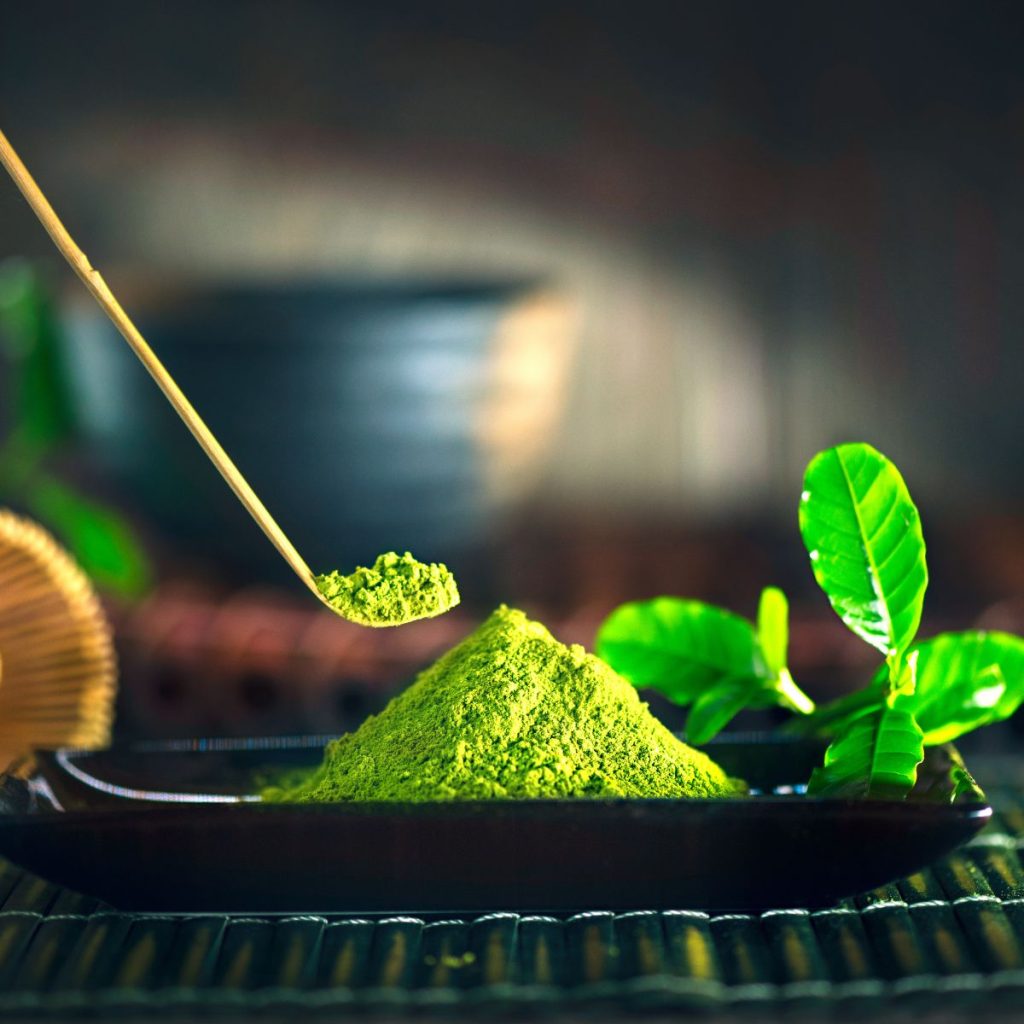
Understanding The Health Benefits of Matcha
So, let’s dive into the health benefits of matcha? Here’s the truth: matcha, packed with potent antioxidants, is the army of health.
Unlike other green teas, matcha is renowned for having higher health benefits. It’s more than just a drink; it’s a health promoting elixir.
For centuries, people have trusted the health-enhancing properties of matcha. The stimulating presence of antioxidants and nutrients makes matcha an exceptional choice for your health. But there’s more to matcha’s health benefits.
Matcha is not ‘just’
Well, when you’re drinking matcha, you’re consuming the entire
That’s why the health benefits of matcha are significant and not to be skimmed over.
In conclusion, the benefits you reap from matcha are well worth the effort of understanding and finding the best matcha for your needs. So, from taste to health- there’s no reason left for us not to enjoy a cup of matcha every day!
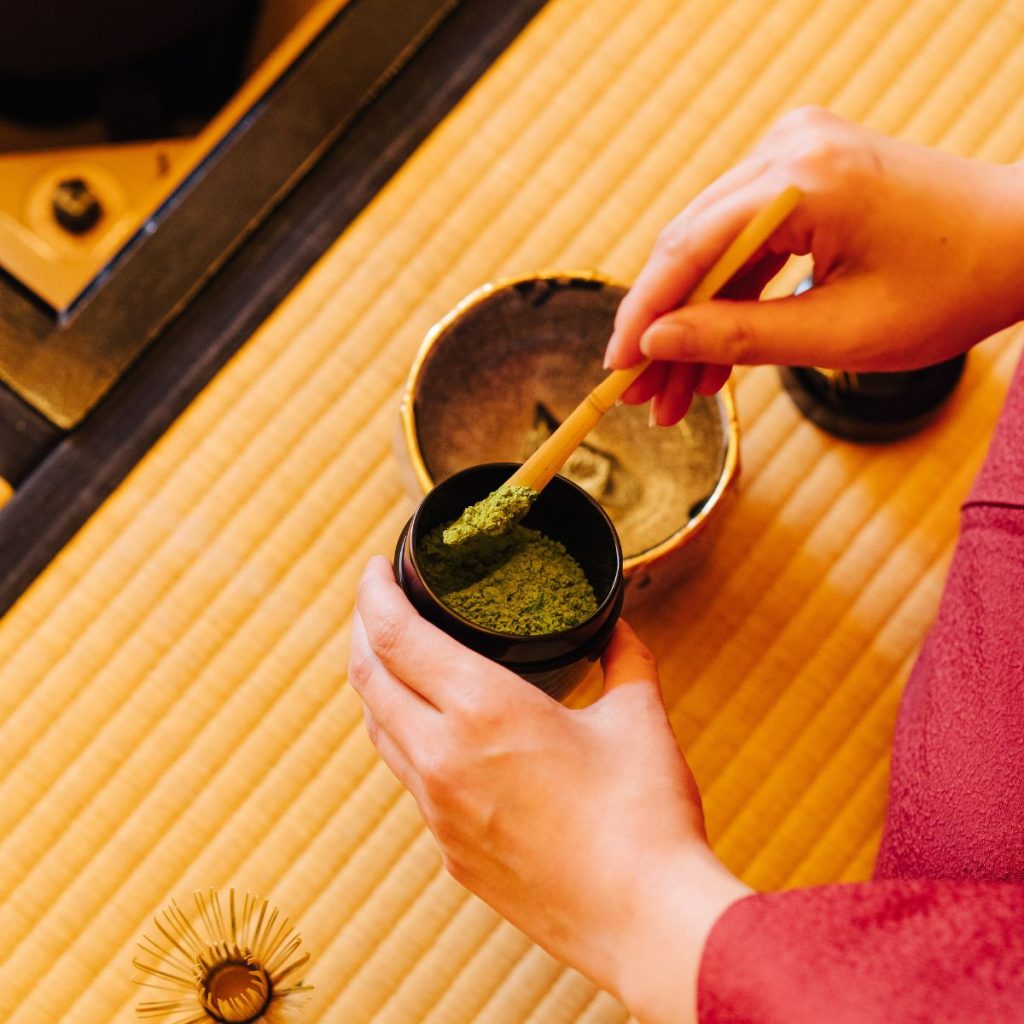
Is Matcha Higher in Antioxidants than other Teas: Health Benefit Analysis
Well folks, here’s a question we hear pretty often: Is matcha higher in antioxidants than other teas? You bet it is!
While all teas are known to provide health benefits, what sets matcha apart is its higher antioxidant content. Sound impressive? It’s even more so when considering that matcha’s level of antioxidants exceeds that of typical green teas.
Why’s this matter, you ask? Well, antioxidants are essential as they defend our bodies against harmful molecules known as free radicals. It’s almost like having an internal superhero! Sounds cool, doesn’t it?
By including matcha in your diet, you’re supplying your body with a powerhouse of antioxidants, thus amplifying its defensive strengths.
I’m sure you remember our discussion about finding and identifying quality matcha earlier, right? If the matcha is higher in quality, it’s likely higher in antioxidants.
You see, the benefits of matcha don’t end at energizing you. Its antioxidants provide wide-ranging health benefits that are hard to overlook. From enhanced immune system function to improved heart health and beyond, the benefits of this brilliant green
So, to wrap it up, while all teas are beneficial, matcha, with its higher antioxidant content, seemingly takes the crown. Now, don’t you think it’s time we find the best matcha for your pantry?
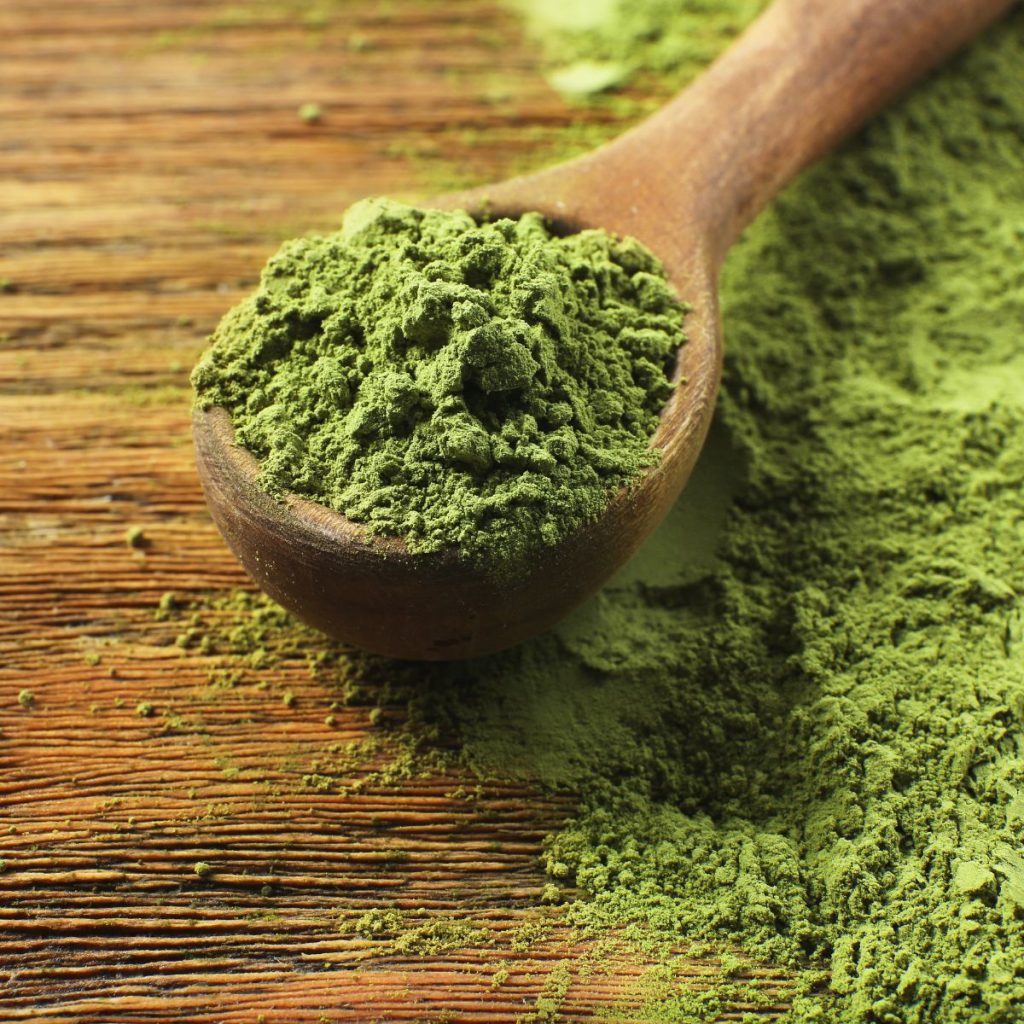
Preparing the Perfect Cup of Matcha
Making matcha can seem a little intimidating if you’re new to it, but don’t worry. We’ve made sure to break down the process into simple, easy-to-follow steps.
The first thing to bear in mind when making matcha is the importance of the cup you use. Remember, a proper matcha cup is as important as the
You also need to realize that temperature is key. Just like with coffee, using water that’s too hot can destroy the subtle flavors of matcha. To make your
When it comes to actually making matcha, it’s a process that’s worth taking your time over. Make sure to sift your matcha to stop it from clumping. Then, pour a little warm water into your cup and whisk until there are no lumps left, and the
Add the rest of the water and whisk again to make it frothy. You’re now ready to sit back and enjoy a cup of hot, healthy matcha at home.

Getting Equipped: Tools to Prepare Matcha
The first step is to get equipped with the right tools. Here are five tools that will help you prepare matcha like a pro:
- Bamboo Whisk (Chasen): This traditional tool is used to whisk the matcha powder into a frothy suspension. Its fine bristles help create a smooth and creamy texture.
- Matcha Bowl (Chawan): A wide, shallow bowl is ideal for whisking matcha. It allows for easy movement of the whisk and helps create a rich foam.
- Matcha Scoop (Chashaku): This small bamboo scoop is used to measure the right amount of matcha powder. It ensures consistency in flavor and strength.
- Sifter or Sieve: A sifter or sieve is used to remove any clumps from the matcha powder. This step ensures a smooth and even texture in your cup of matcha.
- Milk Frother or Sealed Jar: If you prefer a matcha latte, a milk frother or a sealed jar can be used to shake the matcha and milk together, creating a creamy and frothy beverage.
With these tools in your arsenal, you’ll be well-equipped to prepare the perfect cup of matcha that will delight your taste buds and impress your guests.


Konnichiwa! (Hello!) I'm Pat Tokuyama, a Japanese tofu cookbook author, who travels for music, food, and adventure. If you like Japanese tea, checkout some of the newestorganic japanese tea, matcha bowls and noren and more!
** Curious about the Plant Based Japanese Cooking Club? ** Learn more here!
Step-by-Step Instructions to Prepare Matcha
Now that you have the necessary tools, let’s dive into the step-by-step instructions for preparing the perfect cup of matcha. Follow these simple steps to create a delicious and satisfying matcha experience:
| Step | Instructions | Tips |
|---|---|---|
| 1. | Sift ½ teaspoon of matcha powder into a matcha bowl. | Sifting helps remove any clumps and ensures a smooth texture. |
| 2. | Heat two ounces of water to 176°F (80°C). | Use water that is not boiling to preserve the delicate flavors of the matcha. |
| 3. | Pour the heated water into the matcha bowl. | Slowly pour the water in a circular motion to fully dissolve the matcha powder. |
| 4. | Using a bamboo whisk, vigorously whisk the matcha in a zigzag motion until it becomes frothy. | This whisking technique helps create a creamy and velvety texture. |
| 5. | Enjoy your perfect cup of matcha! | Take a moment to appreciate the vibrant green color and savor the unique flavor of matcha. |
Following these steps will ensure that you achieve a smooth and frothy cup of matcha that is full of flavor and aroma. Enjoy the process and indulge in the calming and energizing qualities of this ancient Japanese tea.
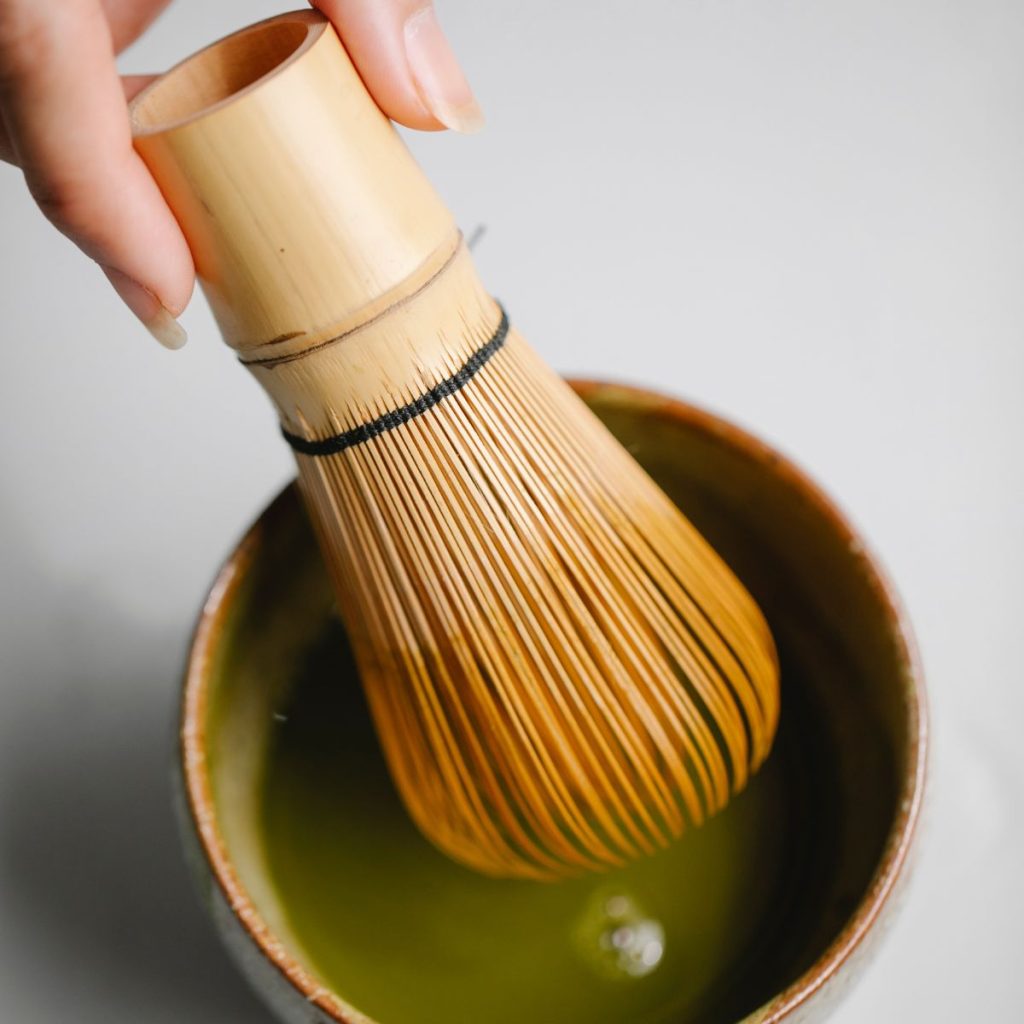
Tips to Savor Matcha the Best Way
Now, how do you truly savor that delicious matcha taste – the best way? The key to indulging in matcha isn’t complex, it really comes down to three things: how you sip, how you slurp, and how you savor each taste.
Here’s my personal tip, sip it slowly. Matcha is not a drink you rush, oh no. Each sip should be like a mini ceremony in itself. Savor each moment, feel the warmth of the cup in your hand, and let the matcha flavor play on your tongue. As you taste and re-taste, enjoy and probe further into each dimension of the
Then comes the slurp. It s not about being rude; it is quite the opposite. By slurping, you spread the matcha across your entire palate, enabling you to fully taste every note. The matcha’s intricate layers of flavor unfold the more you savor it. So, best to slurp a bit, even if it makes you blush!
Last but not least, enjoy every step of the way! Matcha drinking is an experience, a celebration of tradition culminating in a lush cup of green


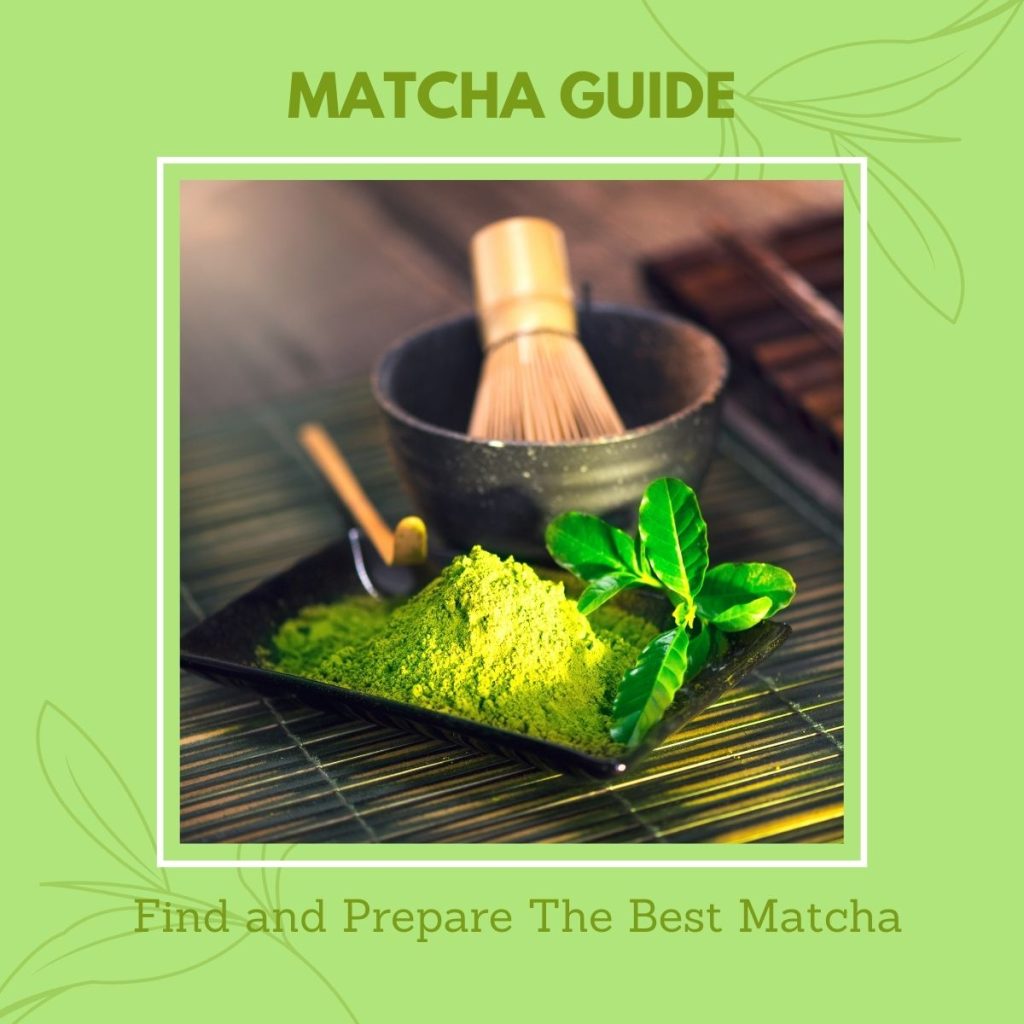




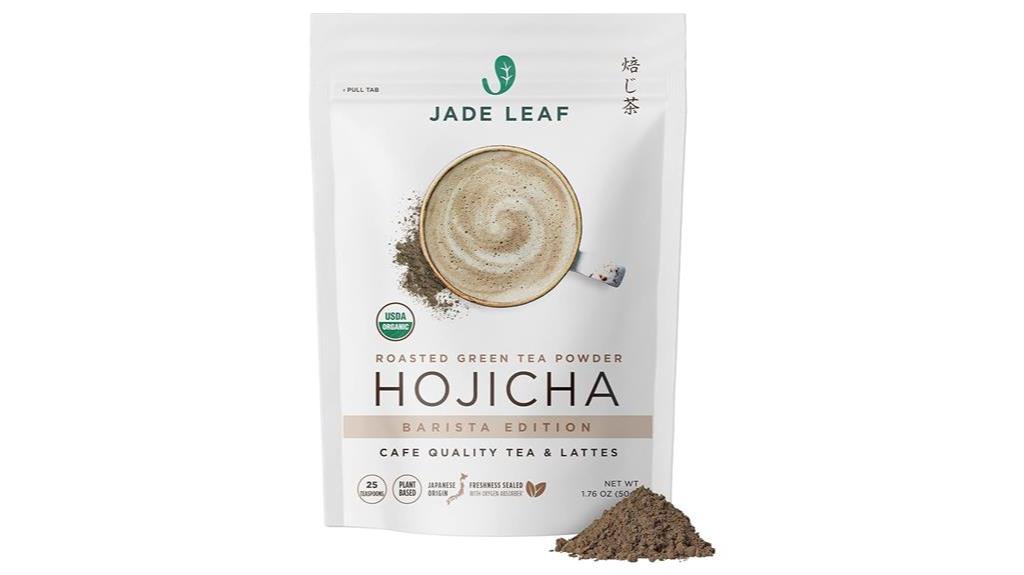
Konnichiwa! (Hello!) I'm Pat Tokuyama, a Japanese tofu cookbook author, who travels for music, food, and adventure. If you like Japanese tea, checkout some of the newestorganic japanese tea, matcha bowls and noren and more!
** Curious about the Plant Based Japanese Cooking Club? ** Learn more here!